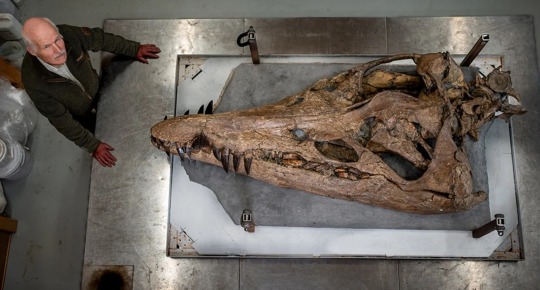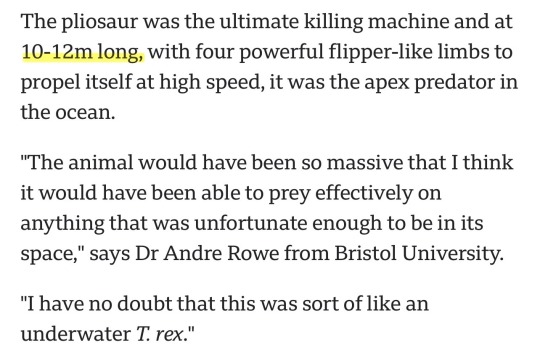#sea monsters
Explore tagged Tumblr posts
Text

Andromeda by Arthur Rackham
#arthur rackham#art#andromeda#cetus#greek mythology#mythological#dragon#dragons#serpent#serpents#sea#mythical creatures#monster#monsters#beasts#damsel in distress#classical antiquity#ancient greece#ancient greek#europe#european#sea monsters#sea dragons#sea serpents#folklore#mythology
3K notes
·
View notes
Text

"Un de ces longs bras glissa par l’ouverture"
Alphonse de Neuville (1835–1885) - Long Arm Glided
Illustration from Jules Verne's "Twenty thousand leagues under the sea", 1870
#alphonse de neuville#long arm glided#jules verne#twenty thousand leagues under the sea#underwater world#sea monsters#ocean#sea#horror#fantasy#gothic romanticism#story illustration#art#illustration
3K notes
·
View notes
Text
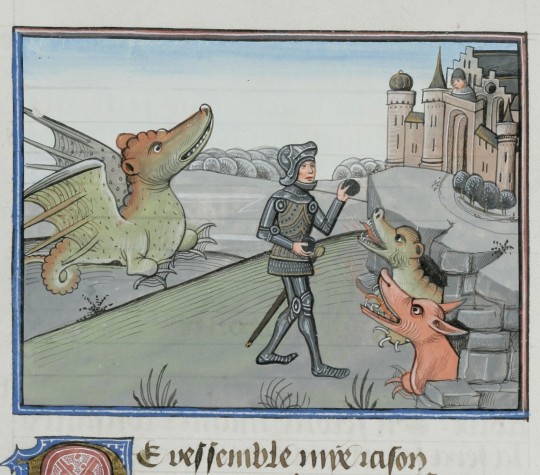

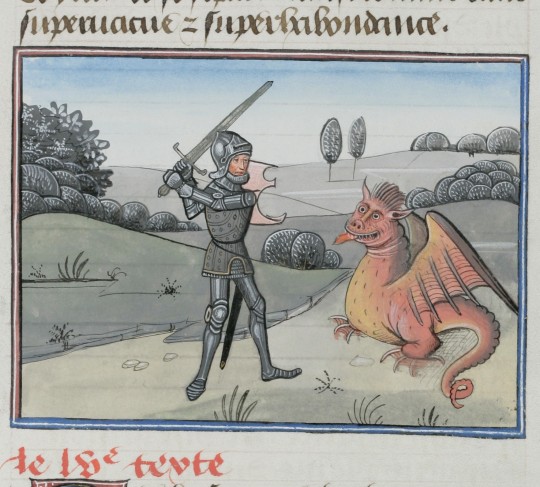

unusual encounters
illustrations for "l'épître d’othéa" by christine de pizan, france, c. 1460
source: Cologny, Fondation Martin Bodmer, Cod. Bodmer 49, fol. 17r, 55r, 82v, and 84r
#i loove the artstyle of this manuscript it's so unique#15th century#christine de pizan#monsters#dragons#sea monsters#knights#épître d’othéa#medieval art
1K notes
·
View notes
Text
560 notes
·
View notes
Text

1K notes
·
View notes
Text
Ace, Aro, OR BOTH?
I have made some ace/aro pride sea monsters,,, as a treat

edit: just so you know this artwork is made by an aroallo artist who doesn't appreciate being erased
tagging it as aspec/aro/ace and nothing else is fine, but if you're gonna tag aroace, don't exclude the other intersections represented here
#aromantic#aro#aroace#aromantic asexual#aroallo#alloaro#aromantic allosexual#asexual#ace#alloace#aceallo#alloromantic asexual#bright colors#lgbtqia#pride art#art#sea monsters#digital art
704 notes
·
View notes
Text



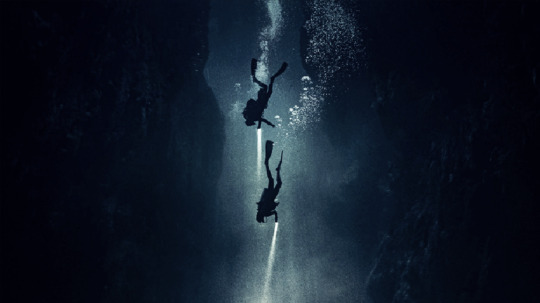

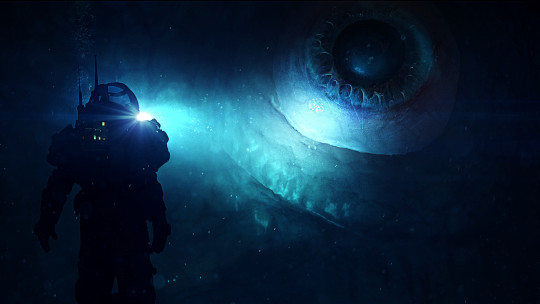



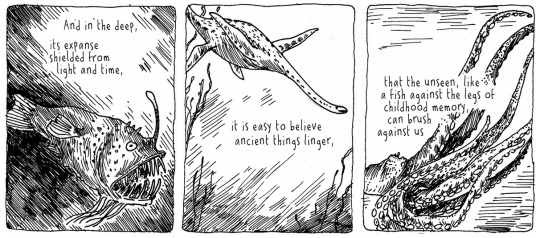
IN THE DEEP (horror and the sea for @antichrist-demoncore 🌊)
hermann melville / triangle (2009) / julia armfield / the deep house (2021) / h.p. lovecraft / underwater (2020) / mira grant / 47 meters down: uncaged (2019) / werner herzog / the deep ones
#thank youuuu for the lovely prompt!#notes from the chills#web weaving#parallels#horroredit#genre notes#horror#thalassophobia#ocean horror#sea monsters#the sea#47 meters down: uncaged 2019#sean t collins#underwater 2020#h.p. lovecraft#dagon#julia armfield#our wives under the sea#triangle 2009#herman melville#moby dick#the ocean#mira grant#in the shadow of spindrift house#the deep house
767 notes
·
View notes
Text

93 notes
·
View notes
Photo
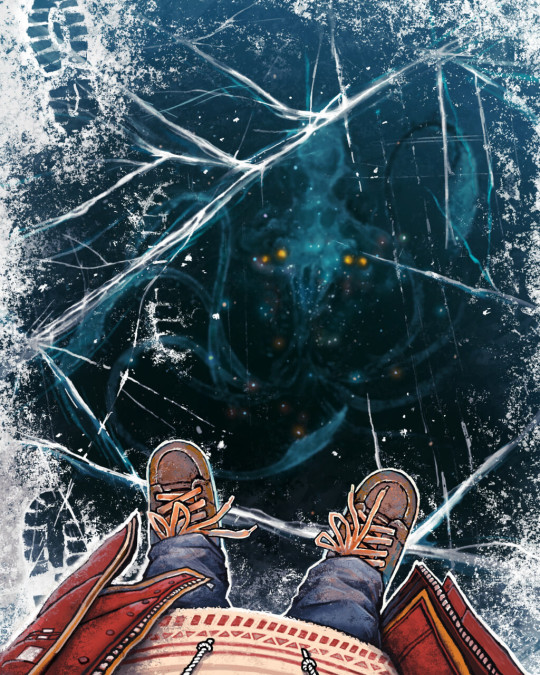
On Thin Ice - Boris Groh
277 notes
·
View notes
Text
Happy 3 years anniversary to our beloved fish boys!!!

#pixar#pixar movie#pixar luca#luca#luca paguro#Alberto#alberto scorfano#alberto marcovaldo#luberto#luca x alberto#gay#pride month#gay fish boys#ocean#water#fish#sea monsters#art#fanart#artists on tumblr#colored#anniversary
179 notes
·
View notes
Text
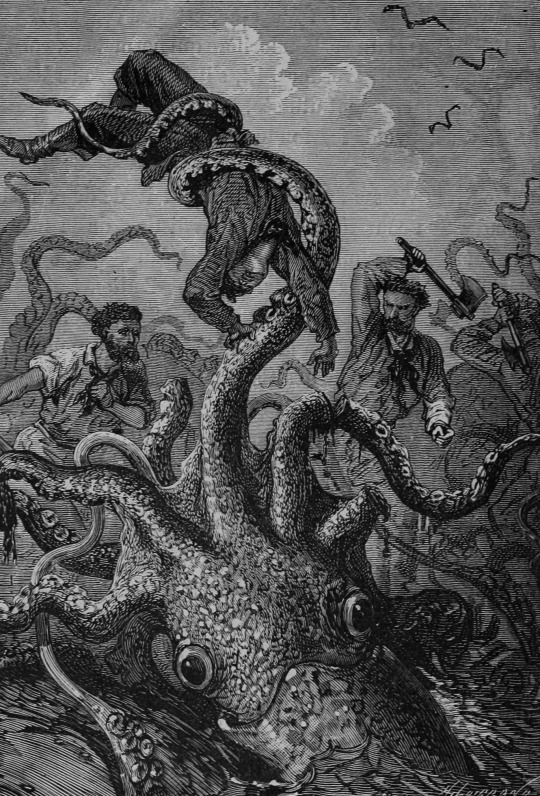
"Le poulpe brandissait la victime comme une plume"
Alphonse de Neuville (1835–1885) - Brandishing it's Victim
Illustration from Jules Verne's "Twenty thousand leagues under the sea", 1870
#alphonse de neuville#brandishing it's victims#jules verne#twenty thousand leagues under the sea#underwater world#sea monsters#ocean#sea#horror#fantasy#gothic romanticism#story illustration#art#illustration
639 notes
·
View notes
Text




sea & water creatures
from a manuscript of the buch der natur by konrad von megenberg, illuminated by the workshop of diebold lauber. alsace, c. 1442-48
source: Heidelberg, UB, Cod. Pal. germ. 300, fol. 188v-201r
#15th century#konrad von megenberg#buch der natur#diebold lauber#sea monsters#sea creatures#hybrids#illuminated manuscript
341 notes
·
View notes
Text
@silvergrovezelda asked me recently what the gargantuan leviathan would look as a Zora. I hope this image answers your question

The very big boy
Gargantuan Leviathan as a Zora (who is also very big)
Thanks for the ask I really appreciate it 🤗
#the legend of zelda#tears of the kingdom#breath of the wild#zora#subnautica#gargantuan leviathan#my art#artists on tumlr#Zora oc#Zelda au#thalassophobia#deep ocean#sea monsters
115 notes
·
View notes
Text

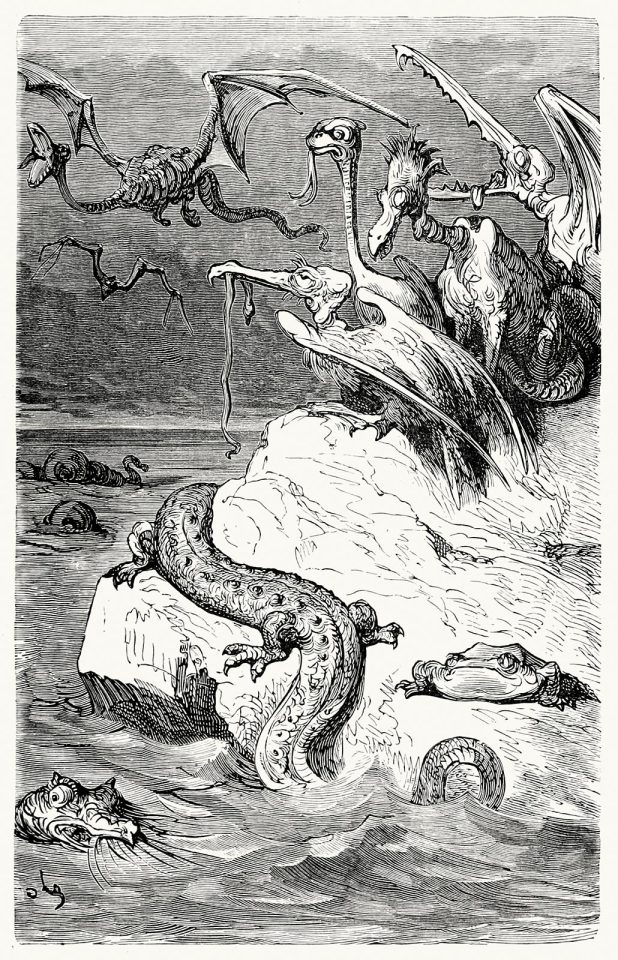
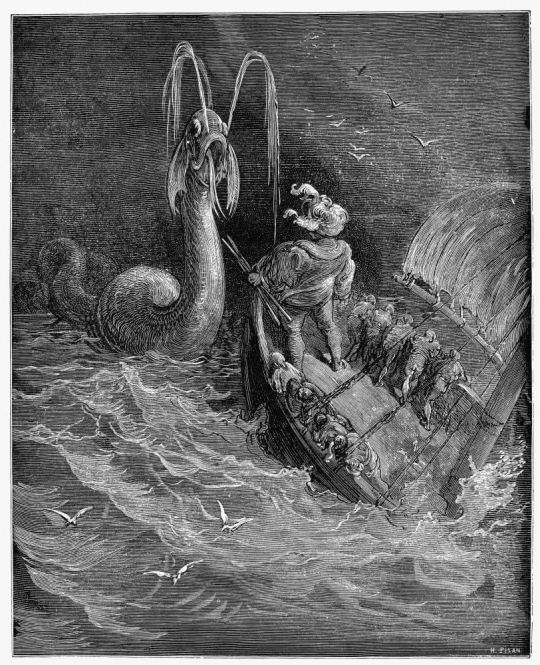
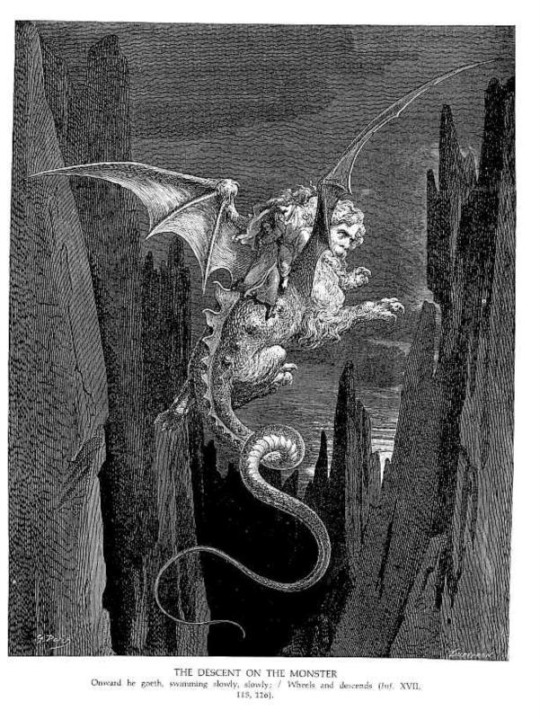
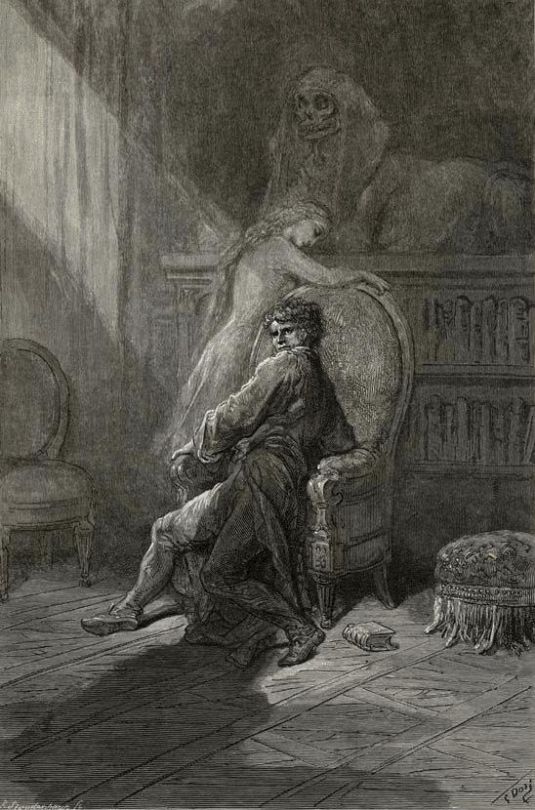

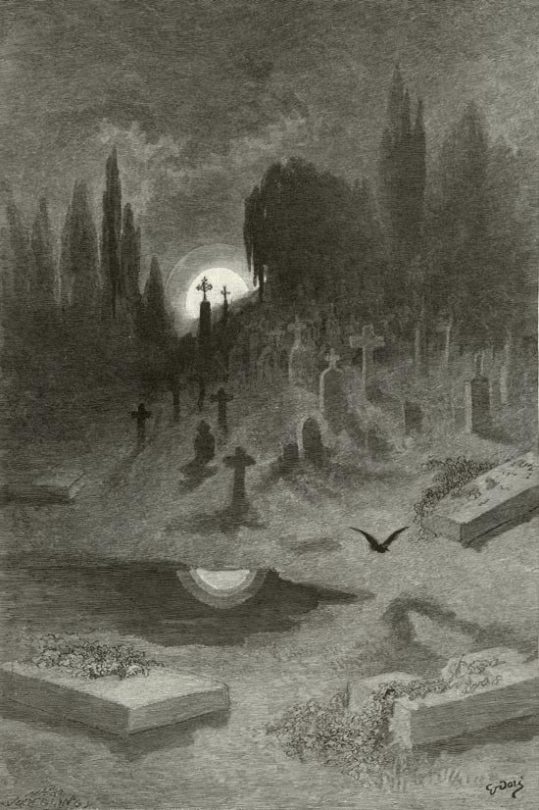
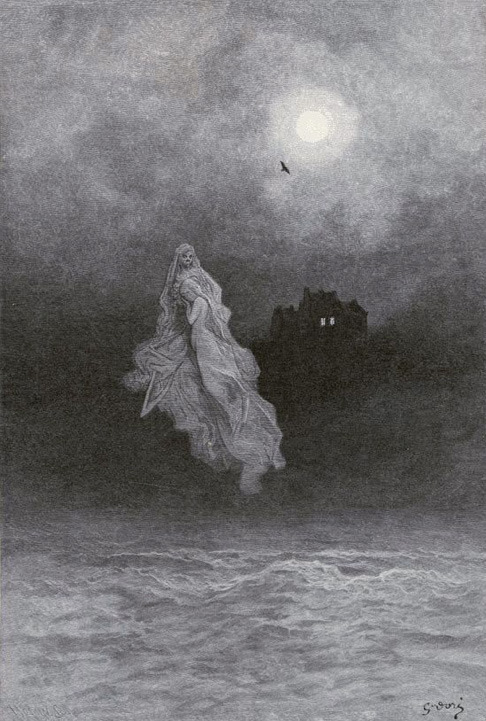
#gustave doré#illustrator#painter#art#horror art#romanticism#symbolism#gnarled monster#sea monsters#pantagruel and the sea monster#the descent of the monster#by horror haunted#the raven#edgar allan poe
167 notes
·
View notes
Text
The Aasivarluit [Inuit mythology]!

The oceans have fascinated humans for millennia. As such, it is no surprise that a great many cultures from around the world have their own stories about scary and dangerous creatures from beneath the waves. One such being is the ocean-spider, or Aasivarluit, a massive monster from Inuit mythology.
As the appellation ‘ocean-spider’ implies, the Aasivarluit resembles a spider, albeit an unnaturally large one. It is a dangerous, giant animal and it was known to prey on unsuspecting kayakers by waiting underneath the surface of the sea and then pouncing upwards when a suitable victim appeared. In the absence of human prey, the monster was known to hunt walruses and seals for sustenance.
It doesn’t appear to be a common creature in Inuit mythology, in fact, all references I could find only mention one single story about the Aasivarluit:
A man was kayaking near the coast of Nuuk, the capital of Greenland (although it was called Godthåb back then). Suddenly he saw a massive object beneath the waves, which confused him greatly because he was familiar with this location and he knew that there was no shoal nearby. He then remembered stories about giant aquatic spiders, and quickly deduced that this must be the thing that suddenly appeared beneath his kayak. Indeed, he looked down into the water and saw a giant eye.
But the man was a skilled kayaker and he managed to get away safely. It is said that a less experienced kayaker would certainly have perished in his situation.
The idea of a giant oceanic spider that eats people might have originated as a cautionary tale (as in, don’t venture too far from the coast or the giant spider will eat you). While stories about giant animals are not uncommon in Inuit culture, the Aasivarluit is certainly a rather strange monster, considering that there are no marine spiders in real life (although there are freshwater spiders). Technically, sea spiders do exist, but they are spiders in name only: they belong to the class Pycnogonida whereas real spiders are Arachnida. They only share a vague resemblance (though there are some really pretty and weird sea spiders out there, I recommend googling them).
Sources: Rink, H., 1974, Tales and Traditions of the Eskimo, Montreal, McGill-Queen’s University Press, first published 1875, 473 pp, p. 471. Christopher, N., 2013, The Hidden: a compendium of arctic giants, dwarves, gnomes, trolls, faeries, and other strange beings from Inuit oral history, 191 pp, p. 134-135. (image source: @another_maker on Instagram)
#monsters#sea monsters#aquatic creatures#Inuit mythology#bestiary#mythical creatures#creatures#giant spiders#spiders#mythology#seriously there are some really cool Pycnogonida out there#They don't eat kayakers though#at least not that I know of
92 notes
·
View notes

